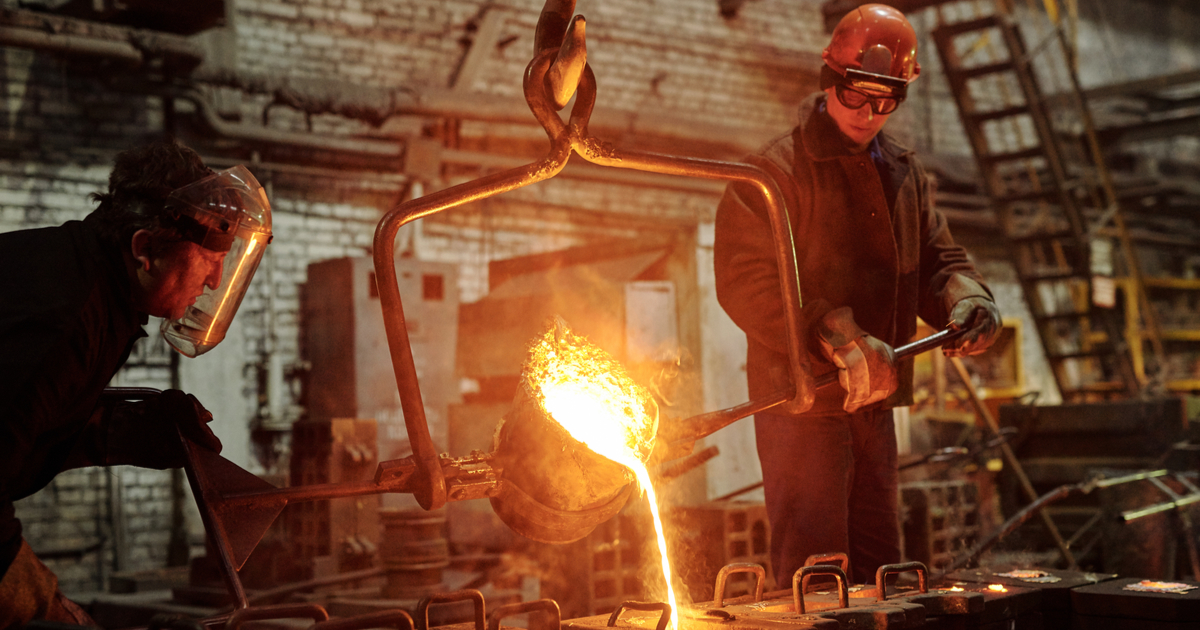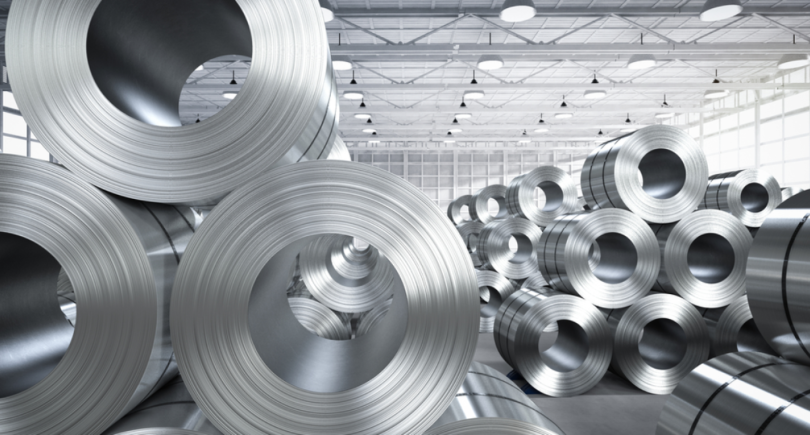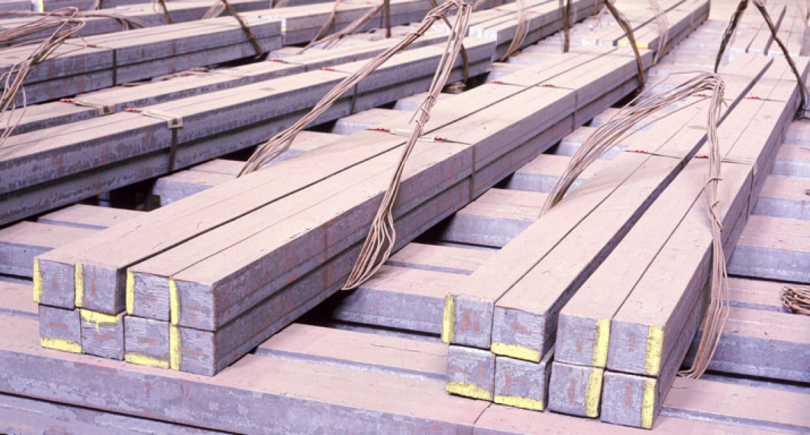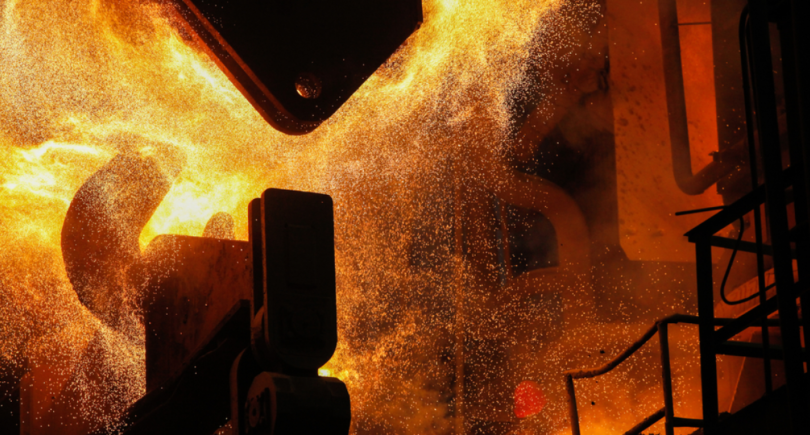
News Global Market Southeast Asia 1127 22 November 2022
The current capacity is almost 72 million tons of steel per year
In 2022, the Association of Southeast Asian Nations’ (ASEAN) overcapacity problem has worsened due to a slowdown in demand in the region. In this situation, most of the announced expansion projects may be delayed or canceled, reports SteelrObis.
According to Yeoh Wee Jin, secretary general of the Southeast Asian Iron and Steel Institute (SEAISI), the new expansion projects announced in ASEAN can provide 93 million tons of steel: 90.8 million will be in the blast furnaces of the combined plants, 2.2 million tons for new electric arc furnaces. These figures are worrying, as current capacity in the region is almost 72 million tonnes per year. According to the expert, most of the new capacities will not be put into operation, and some investors have already withdrawn from the projects.
Sources in the market estimate the chances of implementation of the projects depending on their current status and demand for steel. Thus, the largest steel producer in Malaysia, the Alliance Steel, built with Chinese investment, plans to increase capacity from 4 to 10 million tons per year. However, company officials say that expansion plans may slow down, as they are currently in the early stages. In 2022, Alliance Steel focused on optimizing production and sales, 70% of production is exported. The new project envisages expanding the range of flat rolled products, but this market has currently slowed down.
Among the projects in Malaysia that are likely to be launched in the short term, experts name the East Steel rolling mill with a capacity of 1.2 million tons per year, its construction is ongoing.
In Indonesia, where the situation with demand is better, there are slightly more chances to launch new capacities. For example, the Dexin Steel steel mill, built by Chinese investors, has already increased steel production from 1 million to 4 million tons per year. After the completion of the three stages of expansion, the production volume may reach 6 million tons per year, and the transition to the second phase is currently under discussion. Local producers – Krakatau Steel, Krakatau Posco and Gunung Group – continue their projects.
At the same time, there is no movement in the Philippines on the project of the Chinese conglomerate HBIS and the local steel company SteelAsia, which provided for the production of 10 million tons of steel per year, and it may be officially canceled in the future.
There are already early signs that capacity expansion is slowing in the ASEAN region. In particular, in the fourth quarter of 2022, at least six blast furnaces in Vietnam will shut down until demand improves.
As GMK Center reported earlier, China is planning to increase consolidation steel industry. Since the beginning of 2022, the industry has entered into four agreements, which provide that the five largest Chinese steel companies will control 34% of the production capacity in the country. As a result of consolidation, the country’s steelmaking sector is likely to have a greater impact on the formation of prices for raw materials and finished steel.



